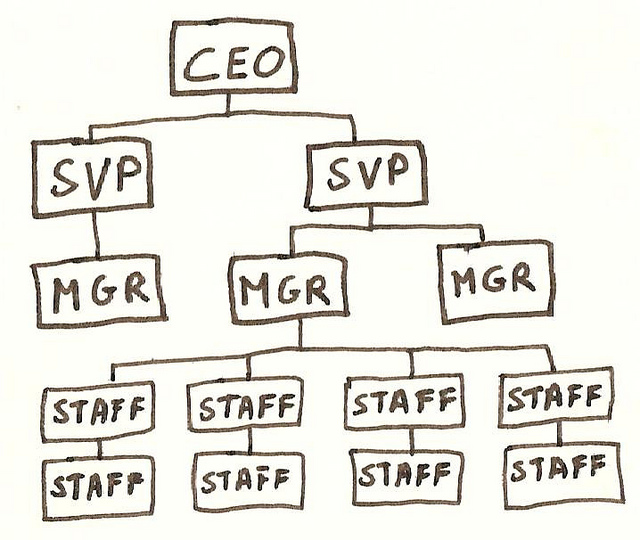I guess I am still not done with the whole “like-ability” discussion. So, I continue the discussion with a warning to beware of the lure to be likable.
Leaders are often placed under a tremendous amount of pressure to be relatable and to be nice. Many follow the natural tendency to want to be liked because it feels much easier to be liked than to be viewed as capable and accomplishment driven.
Few leaders want to be the bad guy. And those that do want to be the “heavy” are not the kind of leader that I am drawn to!
But as leaders we are expected to make the tough decisions that serve the organization or the team’s best interests. Trying to be too nice can in fact be lazy, inefficient, irresponsible, and harmful to individuals and the organization.
I’ve seen this happen many times in my personal and professional career. Leaders get almost addicted to a sense of being likable. They make a mistake in staffing or in a major decision. This can happen to anyone, and the best way to remedy the situation is to address it quickly. However, despite the obvious solution to the rest of the team, some leaders keep on trying to make it work.
While it is a good thing to follow our instinct to stick to it and be consistent, if you fast forward a few weeks or months, the situation is no better and often worse.
There’s a key lesson here for any leader
Nice is only good when it’s coupled with a rational perspective and the ability to make difficult choices.
Click here to read the rest of the article »












